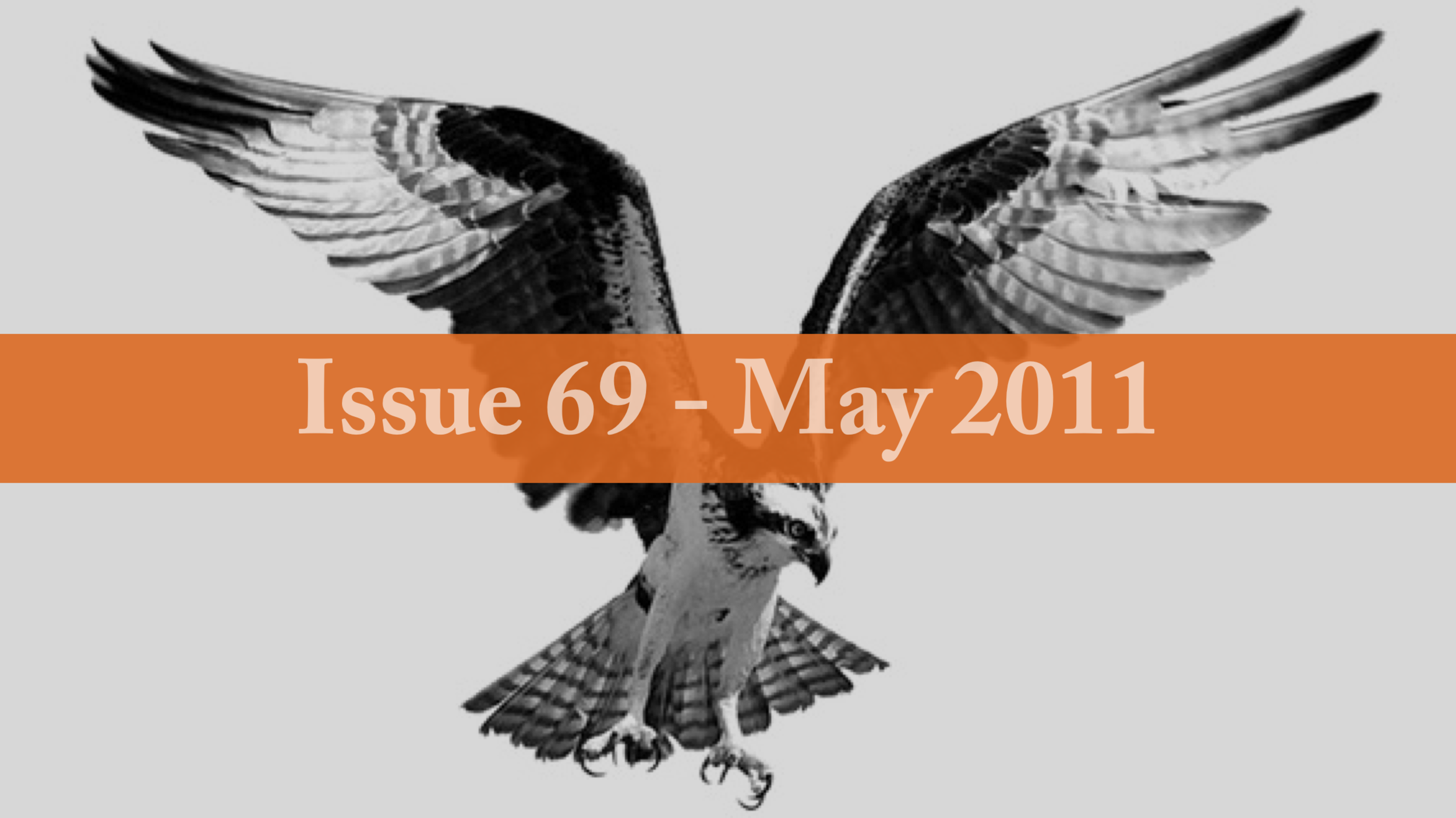To many people, the desert might seem an unlikely place for fish. But fish of all kinds thrive in the desert environment, including coldwater species. The Blitzen River flows out of Steens Mountain in Oregon through lands managed by the Bureau of Land Management and is a prime desert redband trout fishery. From there, the river flows northward through the Malheur National Wildlife Refuge, site of the most recent salvo by the so-called “states rights” movement against public lands when, on January 2, 2016, a group of armed, self-styled patriots took control of the refuge until the last of the occupiers were arrested by federal agents 41 days later.
Read MoreThe running fight to save the Columbia and Snake River Basins’ dwindling runs of wild Pacific salmon and steelhead (along with other important native species such as sturgeon and lamprey) seems like it has been going on forever. US District Court Judge Michael Simon’s rejected the National Marine Fisheries Service 2014 Biological Opinion on May 4, 2016 on grounds that it violated the Endangered Species Act, and that the US Bureau of Reclamation and US Army Corps of Engineers did not review the potential environmental effects of adopting the BiOp, as required by law.
Read MoreThe Osprey has been covering the never-ending fight for Columbia and Snake river wild salmon and steelhead since the problems caused by federal hydroelectric dams on the river system came to a head in the later 1980s and early 1990s. Recently, a federal judge once again rejected the federal government’s latest plan to recover salmon and steelhead runs, and ordered the Obama Administration back to the drawing board to come up with one that will meet legal and biological muster. This is the fifth time the courts have rejected recovery plans, called Biological Opinions, or BiOps.
Read MoreIn a certain sense, this issue of The Osprey might be called the wild fish problem-solving edition that provides some case studies on how wild fish advocates use the courts to fight, often successfully, for wild fish, along with passing protective laws and working with agencies and stakeholder groups to find ways to do right by salmon and steelhead.
Read MoreI like visiting the coast as much as anyone and try to visit as often as I am able despite the rather long four-hour drive from my home on the east side of Oregon’s Cascade Mountains. While most people prefer to visit in the summer when the days are sunny and warm and the ocean fairly calm, I prefer to visit in the dead of winter when the Oregon coast is rainy and storm-battered.
Read MoreFall is coming on and with it the fall Chinook salmon run. Spring Chinook are in the rivers on their spawning beds and the coho are not far behind. It’s a time of year when anglers and hikers along Pacific Northwest streams and rivers can stop for awhile and watch one of Nature’s miracles unfold before them.
Read MoreEvery wild fish advocate is well aware of how historically abundant salmon and steelhead once were. They crowded the rivers during spawning runs and easily supported sustainable fisheries for Native American tribes along with commercial fishermen and sport anglers. And as every wild fish advocate also knows, that incredible abundance is largely gone and river systems that once produced many thousands of fish may now produce just hundreds, or dozens, and in too many cases, none at all.
Read MoreIt isn’t news to wild fish advocates that clean water is an absolutely crucial component of healthy aquatic ecosystems. We’re pretty good at keeping our eye on water quality in the streams where wild fish swim and spawn. We advocate for closing roads in forests where they contribute to erosion and sedimentation, and for buffers off limits to loggers to protect riparian corridors (on that note, NOAA and the EPA have just rejected Oregon’s logging rules as inadequate for protecting fish and water quality — the only West Coast state not to qualify).
Read MoreOf the four “Hs” —Harvest, Habitat, Hydro and Hatcheries — the latter has been the most intractable to deal with when it comes to restoring and protecting runs of wild Pacific salmon and steelhead. Although not perfect, regulation has been fairly effective in dealing with overharvest, while watershed councils, government agencies and others have been actively improving fish spawning and rearing habitat on many streams and rivers specifically to benefit salmon, steelhead and other anadromous fish species.
Read MoreI am writing this column on May 24, the first annual World Fish Migration Day. Conceived, organized and sponsored by a variety of groups involved with fish conservation throughout the world, there will be events over the course of the week celebrating migratory fish, educating people about the challenges to survival they face and helping people to become involved in fish conservation.
Read MoreWith one notable exception, this issue of The Osprey focuses on Oregon, which, as with the other West Coast states, once boasted fabled salmon and steelhead fishing (think Zane Gray and the North Umpqua River) but now is a shadow of its former glory and abundance. This issue’s articles highlight a range of troubles that started wild fish on their trajectory of decline and continue to do so, most of which are human caused.
Read MoreSummer steelhead are now making their way up the Deschutes River, and within a couple of weeks will be on the reach just below the dams and within an hour or so drive from my house. It will be time for me to start making plans for a visit. This year’s run is looking to be pretty good, with as many as 10,000 fish passing over The Dalles Dam on the Columbia River each day— although only a small portion of those fish make the right-hand turn up the Deschutes.
Read MoreI like to think of this issue of The Osprey as one that offers reason for hope amidst the usual relentless flow of bad news when it comes to the state of the environment, and for wild salmon and steelhead in particular. With recent news reports showing that 97 percent of climate scientists not only believe that climate change is real and that it is largely fueled by human activity, its long-term impacts on coldwater fish has kept many a wild salmon and steelhead advocate up at night.
Read MoreWhile The Osprey regularly brings to its readers reports on declining populations of wild steelhead and salmon, and the many difficult challenges and barriers they face if these remarkable fish are to survive into the future, not all is doom and gloom. There are successes and many reasons for optimism, and this issue of The Osprey highlights some of those bright spots.
Read MoreThe authors trace the history of salmon hatcheries which have typically been sold as a way to allow overharvest and reckless development to continue while people who value fish can grasp the illusion that hatcheries maintain fish runs. As we move forward the authors recommend taking the Hatchery Scientific Review Group’s approach of recognizing that hatcheries are a compromise and they must be monitored and evaluated for their impact on wild salmon. Furthermore, managers must move beyond shifting baselines as they monitor populations.
Read MoreA settlement agreement regarding relicensing Soda Springs Dam leads to fish passage and mitigation funds—the latter of which is being used questionably by the Umpqua National Forest. ODFW’s Coastal Native Fish Conservation Plan is also under review and deserves attention from those concerned about the future of the North Umpqua.
Read MoreRansel, of American Rivers, traces the history of the dam removal effort beginning in 1992 which involved building alliances with national conservation groups as well as Columbia Treaty Tribes and various agencies. A lengthy legal battle with PacificCorp through the FERC relicensing process eventually ended with a free river and many miles of newly accessible habitat.
Read MoreVeteran conservationist Bruce Hill tells of the great advances in steelhead conservation over past decades as conservationists have united to reduce commercial fishery harvest of steelhead. Today, the sport fishing community is more divided while the First Nations have risen to a leadership role in protecting the watershed from new threats of energy and mineral extraction.
Read MoreA Coalition of conservationists and biologists criticize the plan on the following grounds: Lack of SEPA, NEPA and ESA compliance particularly in light of plans for hatchery releases and the fishing moratorium. Furthermore, the plan lacks monitoring, methods to stop hatchery fish straying and the necessary budget for implementation.
Read MoreThe author reviews the state’s Statewide Steelhead Management Plan and its lofty goals. Three years after its passage however, WDFW appears to have ignored the plan as Soverel traces WDFW’s lack of wild steelhead management zones, its poor policy on Elwha recovery, and misguided wild broodstock management “enhancement” on the Sol Duc.
Read More




















